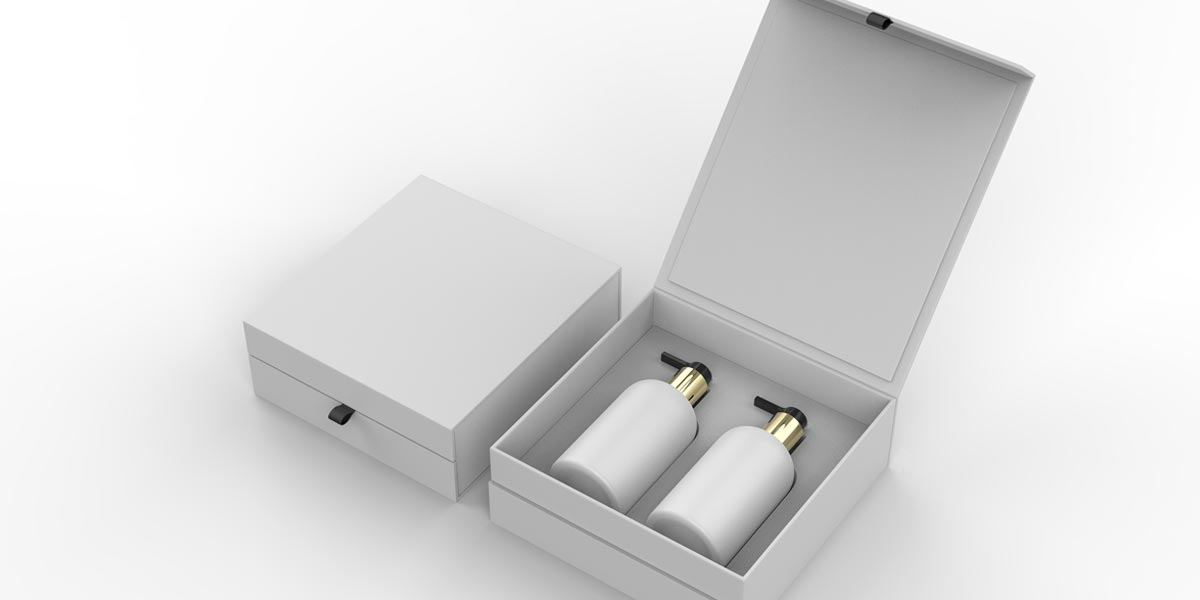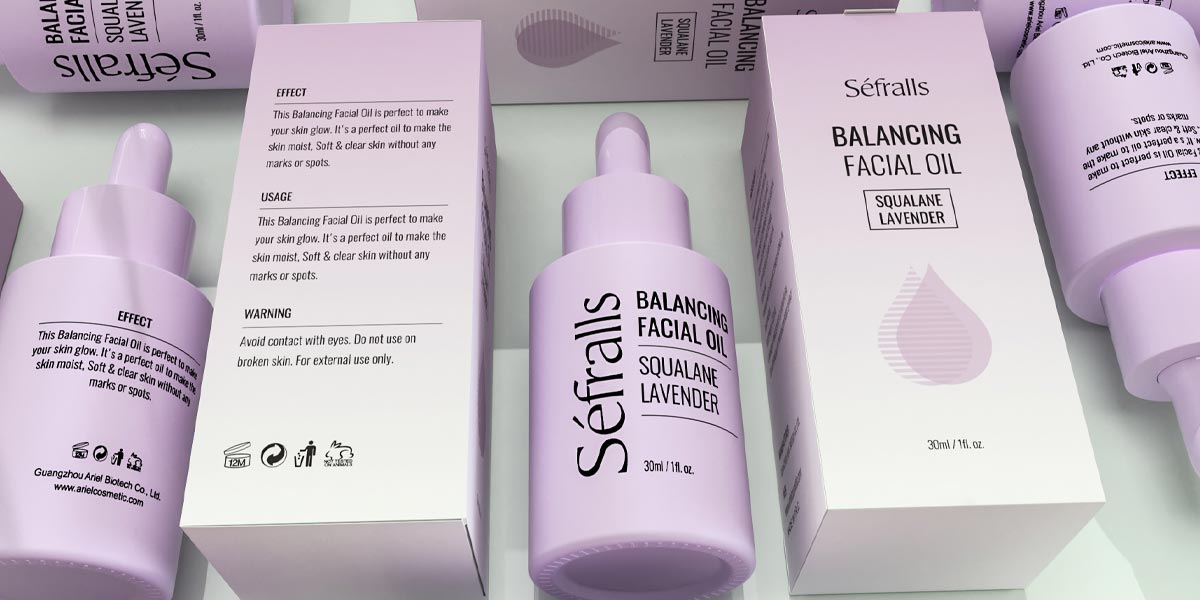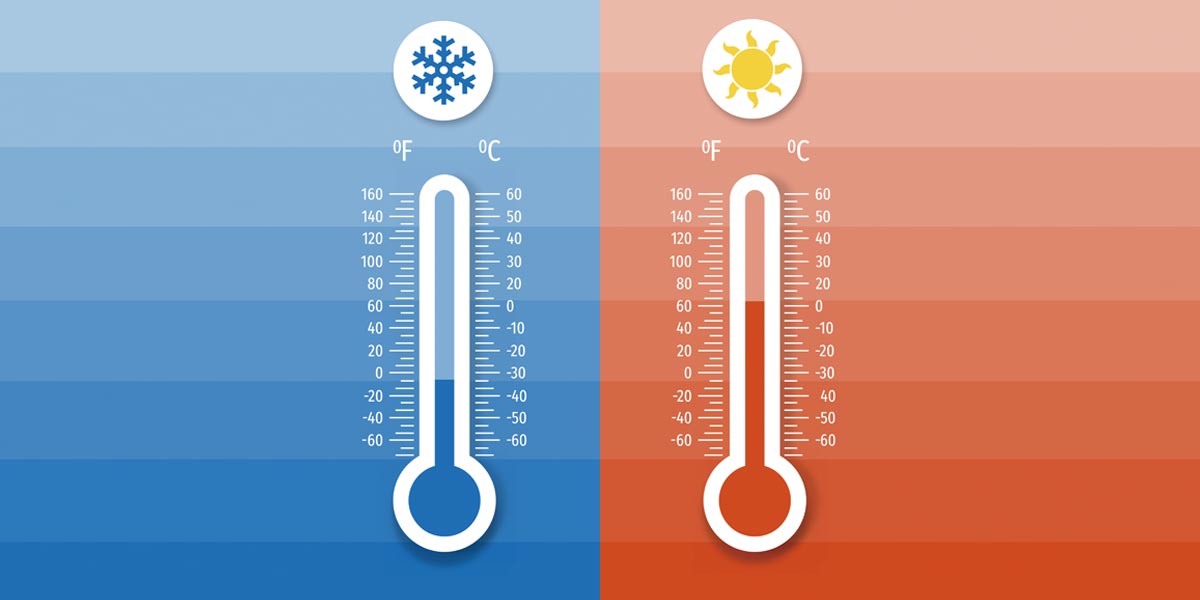With the development of globalization, the thriving beauty industry is leading millions of households to yearn for beauty. However, behind this creative and fashionable industry lies a complex and extensive supply chain system. While ensuring product quality, timeliness, and sustainability, cosmetics companies constantly seek more efficient and environmentally friendly transportation methods. Railway transportation, once an overlooked golden channel, is emerging as a new choice for the cosmetics industry. This article will guide you on how to ship cosmetics by railway. Regarding transporting cosmetics by railway, what are the requirements for packaging, labeling, temperature, and other aspects? Let’s unveil this charming beauty logistics journey together. Railways, a Convenient Journey for Beauty – Exploring a New Path for Cosmetics Transportation!
Packaging: In the process of railway transportation, there are usually specific requirements for packaging to ensure the safety and integrity of products during transit.
1. Shock Absorption and Protection: Packaging should have sufficient shock absorption and protective capabilities to reduce the impact of vibrations and shocks during transportation on the products.
2. Sealing: Packaging should have good sealing properties to prevent the influence of external factors such as humidity and dust on cosmetics during transportation.
3. Clear Labeling: The labeling on the packaging should be clearly visible, including the product name, production date, expiration date, and other information for easy management and supervision.
4. Temperature Control: For certain specific cosmetics, transportation may require maintaining a specific temperature range. Therefore, packaging may need to have some insulation or cooling capabilities.
5. Leakage Prevention Design: For liquid cosmetics, packaging should be designed to prevent leakage, minimizing the risk of spills during transportation.
6. Compliance with Regulations: Packaging design and material selection must adhere to relevant regulations and standards to ensure the compliance of the products during transportation.
Labels: During the process of railway transportation, there are usually certain requirements for the labels of cosmetic products to ensure compliance and smooth transit.
1. Clear and Readable: The information on the label should be clear and readable, enabling transport and inspection personnel to quickly access necessary information.
2. Product Identification: This includes basic information such as the product’s name, model, and specifications, ensuring a distinct identification for each product.
3. Ingredients and Formulation: Cosmetic labels may need to include information about the product’s ingredients and formulation to ensure compliance with relevant regulations and consumer awareness.
4. Production Date and Shelf Life: Labels typically need to include the product’s production date and shelf life to ensure the product is sold and used within the appropriate timeframe.
5. Usage Instructions: Instructions for use, including correct application methods and precautions, need to be provided to ensure user safety and proper usage.
6. Manufacturer Information: This includes the name, address, and contact details of the manufacturer, allowing for contact when necessary.
7. Anti-counterfeiting Measures: For certain high-end or easily counterfeited products, it may be necessary to include anti-counterfeiting measures on the label to prevent the circulation of counterfeit goods.
Compliance with Regulations: The railway transportation of cosmetics involves a series of regulations and standards to ensure the safety, compliance, and traceability of the products.
1. Hazardous Materials Transport Regulations: Some ingredients in cosmetics may be classified as hazardous materials, necessitating compliance with hazardous materials transport regulations such as the United Nations Transport of Dangerous Goods (UN TDG) agreement.
2. International Goods Transport Agreements: For international transportation, adherence to international goods transport agreements, such as the International Convention on the Transport of Goods by Rail (CIM), is required.
3. Packaging Regulations: Cosmetic packaging must adhere to specific regulations and standards to ensure that products are not damaged during transportation, and measures should be in place to prevent leaks.
4. Product Labeling Regulations: The labeling of cosmetics must comply with national and international labeling regulations, ensuring clear and accurate information, including ingredients, production dates, and expiration dates.
5. Temperature Control Regulations: Some cosmetics may be sensitive to temperature, requiring compliance with temperature control regulations to ensure products are transported under suitable conditions.
6. Environmental Regulations: Cosmetic companies need to comply with relevant environmental regulations, including the selection and recycling of packaging materials.
Temperature Control: During the railway transportation process, there are typically the following requirements for the temperature control of cosmetics.
1. Appropriate Temperature Range: Cosmetics may be sensitive to temperature, so it is necessary to maintain an appropriate temperature range during transportation. The specific requirements depend on the nature of the cosmetics; for example, some products may need to be transported at a constant low temperature or room temperature.
2. Temperature Monitoring System: The transport vehicles should be equipped with a temperature monitoring system to continuously monitor the temperature of the goods in real time. This helps ensure stable temperature conditions throughout the entire transportation process.
3. Preventing Temperature Fluctuations: Efforts should be made to avoid drastic temperature fluctuations, as this may adversely affect the quality of some cosmetics. Stable temperatures contribute to maintaining the stability and performance of the products.
4. Insulation or Refrigeration Measures: For cosmetics that require transportation under specific temperature conditions, insulation or refrigeration measures may be necessary to ensure that the products maintain the required temperature throughout the entire transportation chain.
5. Emergency Handling Procedures: Establishing emergency plans is essential to prevent issues related to temperature control during transportation. This includes implementing prompt and effective measures in case of potential malfunctions or emergencies to prevent damage to the products.
Insurance: Before purchasing insurance, it is advisable to consult with a professional insurance company or broker to understand the specific terms and coverage of the chosen insurance policies, ensuring they meet the specific needs of cosmetics transportation. During the process of transporting cosmetics by railway, it is recommended to purchase the following types of insurance to ensure comprehensive coverage in case of potential unforeseen circumstances.
1. Cargo Transportation Insurance: This insurance provides compensation for losses or damages to goods during transportation. Cargo transportation insurance typically covers a range of risks, including fire, collision, overturning, theft, and more.
2. Temperature-Controlled Cargo Insurance: If cosmetics are highly sensitive to temperature, consider purchasing temperature-controlled cargo insurance. This coverage addresses the risk of decreased product quality or damage due to temperature fluctuations.
3. Transportation Liability Insurance: This type of insurance is designed to cover accidents that may occur on the vehicle, such as fire or collision, leading to cargo losses.
4. Emergency Rescue Insurance: This insurance provides emergency rescue services in the event of unforeseen circumstances during transportation. It ensures swift and effective responses to issues, minimizing cargo losses.
5. Third-Party Liability Insurance: Considering the potential for causing harm to other parties, purchasing third-party liability insurance helps address potential legal liabilities arising from cargo transportation.
Efficient communication: In the process of transporting cosmetics by rail, it is very important to fully communicate with the rail carrier. Is there anything that needs to be communicated to the rail carriers?
1. Transportation Arrangements: Negotiate with rail carriers to ensure appropriate transportation arrangements are in place, including departure times, arrival times and routes.
2. Packaging Standards: Communicate standards and requirements regarding cosmetic packaging to ensure compliance with safety and regulatory standards for rail transport.
3. Temperature Control: If the product is temperature sensitive, temperature control arrangements will need to be discussed with the carrier to ensure that appropriate temperature conditions are maintained throughout transportation.
4. Insurance Needs: Discuss the need for cargo transportation insurance and ensure that appropriate insurance is purchased to cover possible risks.
5. Regulatory Compliance: Ensure you understand and adhere to relevant regulations and compliance requirements in rail transportation to prevent potential issues and delays.
6. Emergency planning: Work with your carrier to develop a plan for emergencies to ensure that action can be taken quickly and effectively if a problem occurs.
7. Tracking and Notification: Understand the tracking system for cargo shipments and ensure there are notification mechanisms in place as well as timely status updates on shipments when needed.
Monitoring and Tracking: When transporting cosmetics by rail, monitoring, and tracking are key to ensuring the safety and timeliness of the goods. Here are some methods for monitoring and tracking.
1. Third-Party Logistics Services: Consider using third-party logistics services; some companies offer independent monitoring and tracking services to provide real-time updates on the location and status of your goods.
2. Online Tracking Services: Utilize online tracking services provided by some railway companies through platforms or applications, allowing you to check the real-time status and location of your goods anytime, anywhere.
3. Communication with Carriers: Maintain close communication with the railway carriers, obtaining updates on the status of your goods through phone calls, emails, or other communication channels. Timely communication can help address potential issues and provide real-time information.
4. Logistics Platforms and Systems: Make use of logistics platforms and systems that typically offer real-time updates on transportation status, location tracking, estimated arrival times, and other information. Collaborate with the railway companies to ensure access and effective utilization of their logistics platforms.
Railway transportation typically boasts higher shipping speeds compared to maritime transport, enabling the faster delivery of cosmetic products to their destinations. This aids in reducing delivery cycles and enhancing the flexibility of the supply chain. Moreover, railway transport is particularly well-suited for international shipments over medium to long distances. It offers a swift and cost-effective option for export routes connecting neighboring countries or spanning continents. Railway transportation generally maintains a high level of safety, resulting in fewer damages to goods during transit. This aspect is particularly crucial for the cosmetics industry, which places high demands on product quality. By delving into the considerations of railway transportation for cosmetics, we gain a better understanding of how to ensure the safe and efficient global shipment of beauty products. May the beauty industry continue to shine brightly on this dynamic railway, embracing a future of prosperity.



